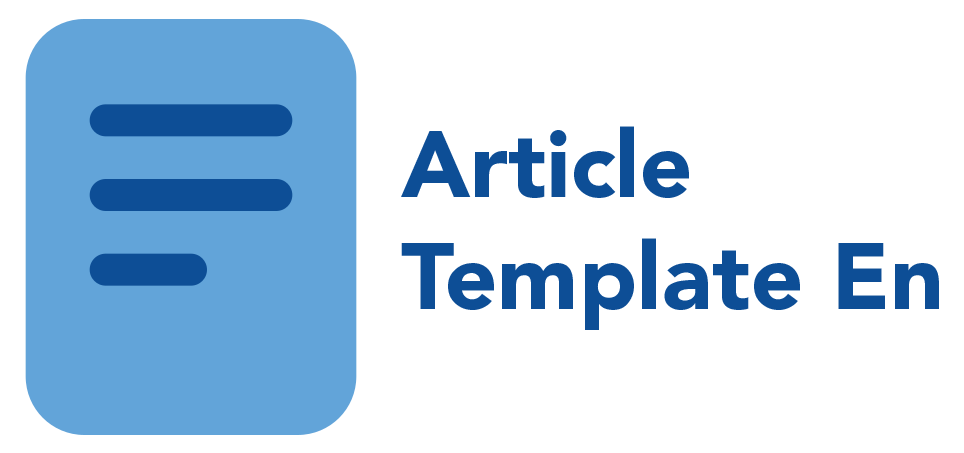Measuring Capital Adequacy Using the U.S. Standard (CAMELS):
Downloads
Abstract
This study aimed to measure capital adequacy in Libyan commercial banks using the American standard (CAMELS). The study population consisted of Libyan commercial banks and the study sample was limited to two banks (Sahara Bank and Trade and Development Bank). To achieve the goal of the study, the comparative analytical approach was adopted. Which aims to measure and analyze the capital adequacy of the banks under study, and the financial reports of the banks of the study sample were relied upon during the financial period (2007-2014), This period was limited to the fact that the four years before the revolution year were relatively stable, and the four years after the revolution witnessed many political and economic changes, and this study reached several results, the most important of which is that the post revolution period had a negative impact on the performance of the Sahara Drain, as it decreased The general average of the capital adequacy ratio from 5.8% before the revolution to 4.83% after the revolution, while maintaining rating No. 4, That is, the capital is very weak. Whereas the post-revolution period had a positive impact on the performance of the Trade and Development Bank, as the general average of the capital adequacy ratio increased from 8.32% in classification No. 2 for the pre-revolution period to 20% in classification No. 1 for the post-revolution period, and this means that the bank Trade and development moved from the appropriate capital classification to the classification of good capital, and one of the most important recommendations of this study is that the Central Bank of Libya management must take measures that oblige banks to apply the minimum capital adequacy standard specified by the Central Bank management, which is a percentage 8%.







